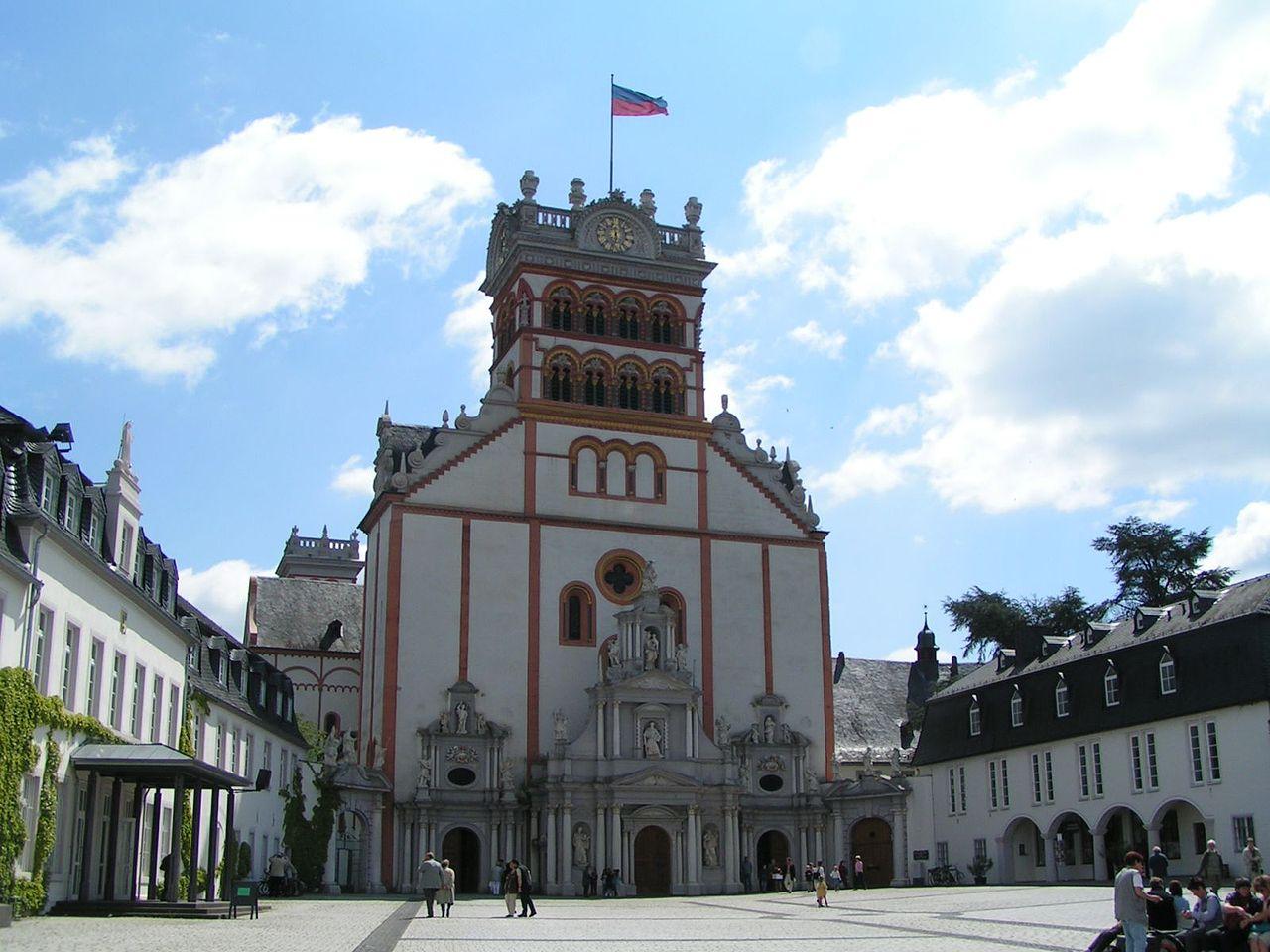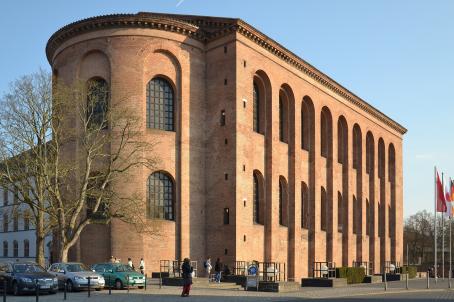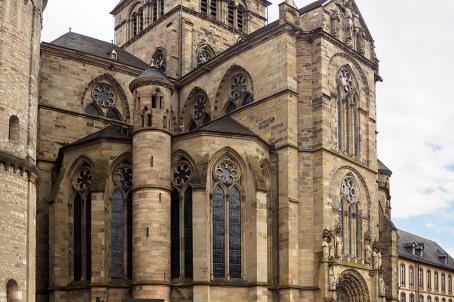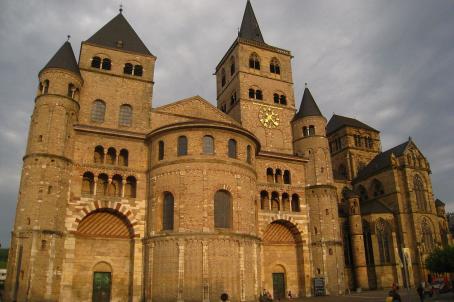St. Matthias Abbey
St. Matthias Abbey, founded in the 4th century, is a Benedictine monastery with a Romanesque basilica as its abbey church. Since the 12th century, the tomb of Apostle Matthias, the only apostle's tomb on German soil and north of the Alps, has been venerated in the crypt of the basilica. When French army troops entered Germany after the Revolution, they requisitioned the abbey buildings in 1794. The abbey was dissolved in 1802 and it was not until 1922 that monks returned to the abbey. Below the choir, the visitor can visit the impressive crypt, where numerous sarcophagi (including the two sarcophagi of the first bishops of Trier, Valerius and Eucharius) are kept. The eastern part of the crypt was added around 1500.






